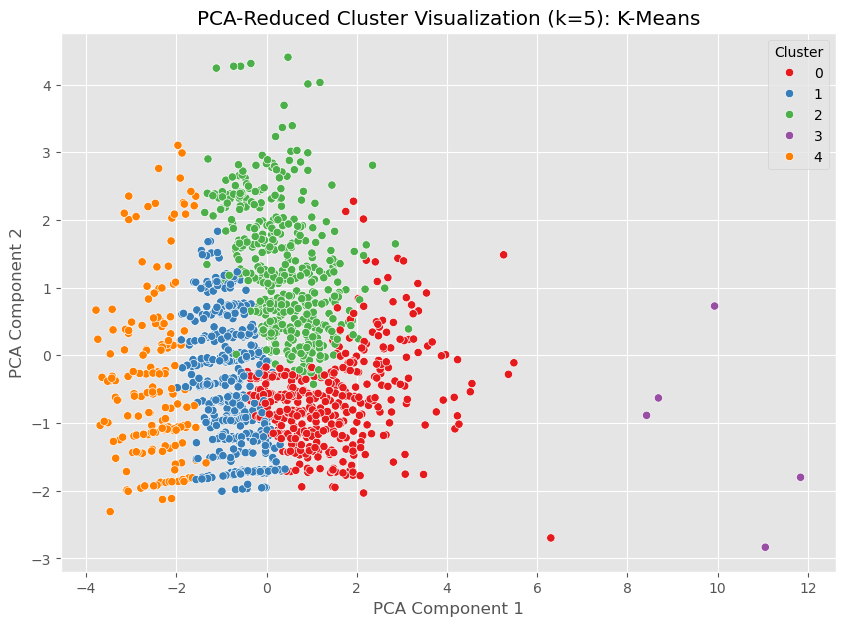Boosting Profitability with Strategic Customer Segmentation
Introduction
With over two decades of accounting experience and a certification in Data Science, I applied advanced analytical skills to customer segmentation, identifying unique customer behaviors and traits that enhance marketing strategies and profitability.
Project Objectives
The goal was to categorize customers within the retail sector to customize marketing approaches, boost engagement, and increase profitability using my expertise in data analysis and financial systems.
Dataset Overview
I analyzed detailed transaction and customer demographic data from an e-commerce company over the year 2019, focusing on purchase patterns and demographic influences on buying behaviors.
Technologies and Tools Used
Utilizing Python, alongside libraries like Pandas and Scikit-Learn, I managed and analyzed the data, employing my background in financial systems and data manipulation.
Analysis and Methodology
The project utilized RFM Segmentation to analyze customer purchase behaviors:
- Recency: Time since last purchase.
- Frequency: Purchase frequency within a period.
- Monetary: Total expenditure during the period.
To optimize the segmentation approach, hierarchical clustering was selected over traditional clustering methods due to its efficacy in capturing the natural groupings within complex data. The analysis process began with:
- Silhouette Scores Visualization Below: Silhouette scores were critically evaluated to determine the optimal number of clusters. These scores help measure the similarity of an object to its own cluster compared to other clusters and indicated well-separated and distinct clusters. This preliminary analysis was crucial for setting up effective segmentation parameters.

Following the optimal cluster determination:
- PCA Visualization Below: The PCA visualization shows the distribution of customer clusters. This visualization provides a clear visual representation of how customers are grouped based on their purchasing behaviors, aiding in the deeper understanding of segment characteristics.

Actionable Strategies and Key Insights
Based on the refined segmentation, targeted marketing strategies were developed to maximize customer engagement and profitability. Insights derived from the silhouette scores and PCA visualization informed these strategies, enabling precise targeting of different customer segments according to their behavioral patterns and purchase history.
Challenges and Learning Experiences
One of the primary challenges was selecting the correct model to ensure effective segmentation. Initially, standard clustering methods were used, but they did not segment the customer data as effectively as hierarchical clustering. Another significant challenge was determining the optimal number of clusters, which was critical to achieving accurate segmentation. These challenges were addressed through iterative testing and analysis, significantly enhancing the project’s outcomes.
Reflections and Looking Ahead
This project highlighted the potential of integrating accounting expertise with data science to craft targeted business strategies. Plans for future projects include deeper dives into dynamic segmentation techniques and advanced machine learning models.
Discover the Full Story
Explore the detailed analysis here.
Explore the Technical Journey
For more on the project, including detailed code snippets and visuals, visit the notebook on NBViewer.
